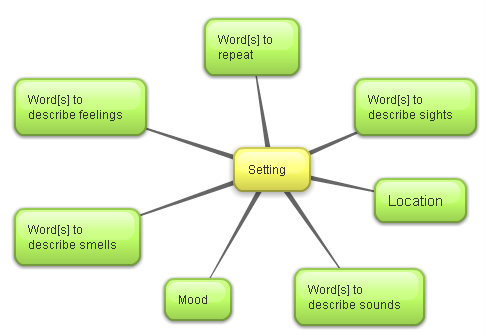The Four Parts of a Plot
The Conflict
The main conflict gives the story purpose and drives it to completion. It's helpful for young students to read about problems they can relate to. If the challenges faced by the main character of a story are similar to those the reader faces, the reader will be better able to identify them as problems. It might be hard for a child to recognize the central problems of a struggling painter, but the problems faced by a boy living on a farm in Oklahoma might be easier to understand
Rising Action
The rising action usually appears near the beginning or toward the middle of the book. The character and setting have been established and readers start to learn about the main problem facing the characters. The characters struggle with the problem looking for the best solution. The rise of action usually consists of how the character deals with the problem. It allows the reader to bond with the characters and the story and helps them to identify with the situations.
The Climax
The climax is when the main action has occurred, initiating a turn in action and reaching toward the solution of the primary problem. It is critical for a student to recognize this part of the story because it's the culmination of all the action leading up to it. If a student can't identify the climax of a novel it might mean they haven't fully understood all of the action that has occurred. Quiz your child while they're reading to make sure that they are keeping up with the main plot points. Ask your elementary student which part of the novel they think they are reading. If you notice a critical point has occurred but your child did not put much emphasis on the action, encourage them to reread this part of the novel.
The Resolution
The resolution when all of the lose ends are tied up. The main characters have found the resolution to their problem and have learned or are learning how to deal with the resulting situation. At this point your child should feel satisfied with the story and be able to retell the story to a parent, highlighting the main characters, setting, and the four main components of the story's plot.

http://mathandreadinghelp.org/articles/Elementary_reading%3A_Breaking_down_the_components_of_a_plot.html

